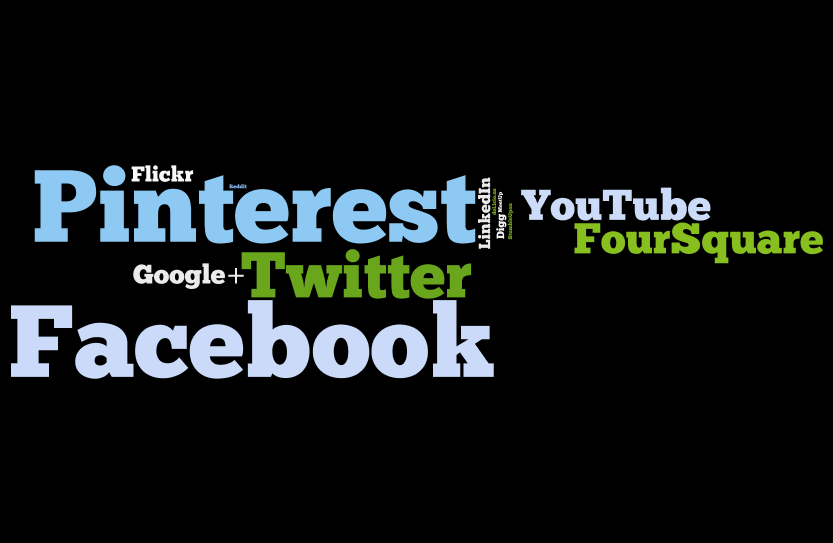While in the car earlier this week, I heard a “Most Interesting Man in the World” radio spot for Dos Equis. You’ve probably heard the spots yourself while driving to or from work. And you’ve probably chatted with your friends about which of the Most Interesting Man in the World’s claims are the most funny or most outrageous.
But the thing is, chances are that you have actually talked about them. In our society of short attention spans and constant dial flipping, somehow these spots have gotten through. Dos Equis must be happy – since they launched the campaign back in 2006, sales have shot up significantly every year. Between January and July 2010 alone, sales rose 26%, and Dos Equis became the fastest growing beer import in the country.
All of this got me to thinking about radio and how it seems to be getting a bad rap lately. We’ve recently had discussions with a few advertisers who mentioned that they would not want to include radio on a media plan. One of our past clients told us that she didn’t like radio and didn’t think it was a good fit for her brand, even before she saw the syndicated research we pulled against her target which showed that radio was one of their preferred media choices for both entertainment value as well as for getting information. They also trusted the advertising messages they heard on the radio.
I even remember a few years ago a media director at a local ad agency wrote an editorial piece in one of the media industry trade magazines about the idea of what she called “media stacking” (basically, the concept of having a multi-media mix for your plan rather than using solely one medium for your plan). She reviewed each media type, and when she got to radio, she simply wrote, “Radio sucks.” Interestingly, her main client at the time, a large grocery store chain, was surprised by this claim since they were spending millions of dollars a year in local radio to drive traffic to their locations.
A quick Internet research revealed 279,000 sites with the term “radio sucks” and another 139,000 sites matching the phrase “radio is dead.” A lot of this is really just a combination of letting personal feelings cloud our business judgment (“I don’t listen to radio commercials, so that means it’s not a good medium to advertise my business”) as well as, often times, a failure to use the medium properly.
As an example for that second point, a number of years ago, I was working at an agency on a national packaged goods sandwich bread account. The bread was relatively healthy, compared to other brands in the store, and our target was young moms, most of them who were stay-at-home, who were buying groceries for their family and preparing lunches for their children. All of our historical research indicated that this was the “sweet spot” for our consumers, and our media research indicated that television was their number one source of entertainment and information, and the one they turned to for making decisions regarding their family’s health. Our media strategy was to heavy up in local television in our key markets with a high brand development index, where we knew we could have the most impact. Our budget was somewhat limited, so we avoided the more expensive primetime hours, and focused instead on three dayparts: Early Morning News (to reach the working moms who were watching while they got ready to go to work), and Daytime and Early Fringe (programs like “Oprah”, that air in the late afternoon).
The client eventually hired a marketing consultant to help them completely reorganize their company’s marketing, including their distribution and pricing, but the consultant, a man in his late 50s, focused his initial attention on the promotion of the brand – specifically, our television campaign. He mentioned that he never saw our spots because they were on too early in the day, while he was still at work, and also that he had interviewed their truck drivers who delivered the bread across the country, and none of them ever saw the spots, either. He recommended that we change our media plan to instead be on radio, to appease their truck drivers. We actually ended up having a very difficult time trying to convince the client that a radio campaign to target truck drivers was completely off-strategy to our targeting of young moms, who were their primary purchasers.
That particular radio campaign was one that was set up to fail from the get-go, and fortunately it was canceled before it was put into action. But, I wonder how many campaigns like that have, over the years, run as planned, and when they didn’t have the desired effect of generating sales, someone in charge proclaimed that radio “didn’t work.”
Even with all of radio’s current bad reputation, as an advertising medium, it’s been making a strong comeback lately. According to the Radio Advertising Bureau back in June, radio posted its fifth consecutive quarter of growth, with a 3% increase to $3.78 billion in Q1 2011. The growth is spread across many different radio platforms, including digital, off-air, and local. Several key radio advertising categories were up significantly, including Automotive (+27%), Insurance (+20%), and Beverages (+32%). In fact, back in February of this year, radio was cited by media buyers as the #3 area of client focus, at 16%, behind local television (44%) and Internet/digital (21%). That was an increase of 24% versus the prior quarter.
That’s a lot of positive press for a medium that thousands of people are claiming is “dead.”
Comments are closed.




